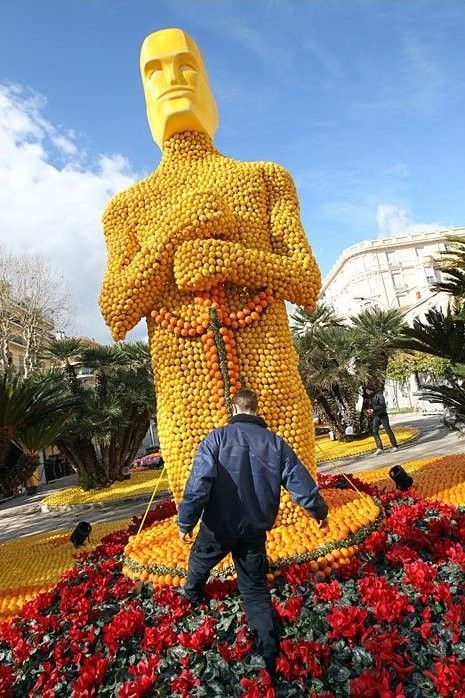|
|
Orange Sculpture
|
• The bitter orange, Citrus aurantium, also known as Seville orange, sour orange (especially when used as rootstock for a sweet orange tree), bigarade orange, and marmalade orange.
• The bergamot orange, Citrus bergamia Risso, which is grown primarily in Italy and used primarily for the peel, which flavours Earl Grey tea.
• The mandarin orange Citrus reticulata, which itself has an enormous number of cultivars (most notably the satsuma (C. unshiu), tangerine (Citrus × tangerina) and clementine (C. clementina). In some cultivars the mandarin resembles the sweet orange and is difficult to distinguish from it, but it is generally smaller and/or oblate rather than round in shape, easier to peel, and less acid.
• The trifoliate orange (Poncirus trifoliata) is sometimes included in the genus and classified as an orange (Citrus trifoliata). It is often used as rootstock for sweet orange trees, especially as a hybrid with other Citrus cultivars. The trifoliate orange is a thorny shrub or small tree grown primarily for its foliage and flowers, or as a barrier hedge; however, it bears a downy fruit resembling a small citrus fruit, from which marmalade is sometimes made. It is native to northern China and Korea, and is also known as "hardy orange" (because it can withstand sub-freezing temperatures) or "Chinese bitter orange".
|
|









